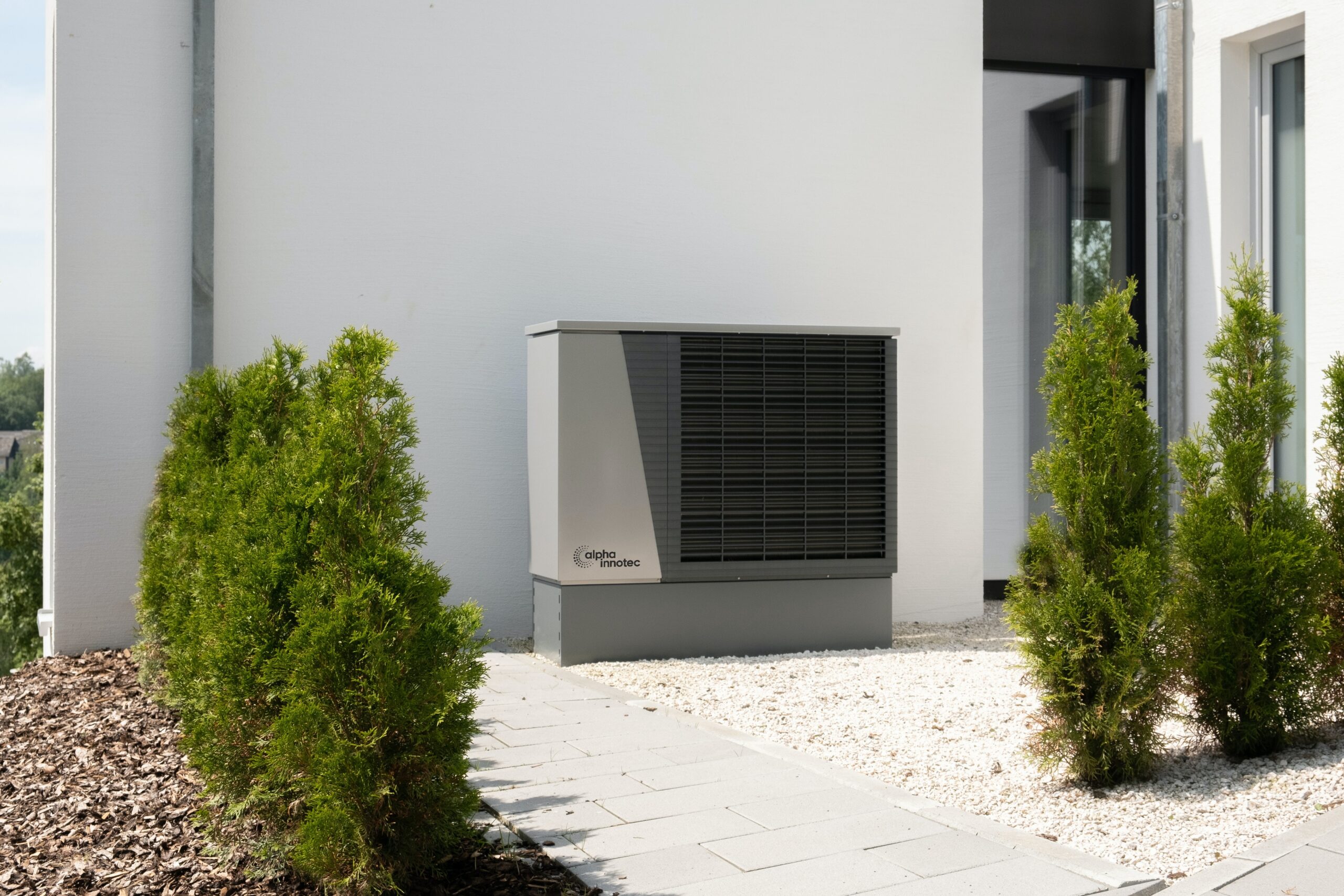When it comes to heating and cooling your home, there are a variety of options available on the market. Two popular choices are mini splits and heat pumps. The terms are a bit confusing, because both of them are used to describe different kinds of the same thing.
That’s right - “mini-splits” generally refers to ductless heat pumps, while “heat pumps” can refer to ductless or ducted heat pumps. So besides the obvious, what’s the difference between the two systems?
Read on to learn more about how mini-splits and heat pumps are similar, how they are different, and how they can work together to provide an ideal heating and cooling solution for your home.
Mini Splits: Compact and Efficient
Mini splits, also known as ductless mini split systems, are compact heating and cooling units that are typically mounted on a wall or ceiling. They consist of an indoor unit, which is connected to an outdoor unit via a refrigerant line. This setup allows for efficient heating and cooling without the need for ductwork.
One of the main advantages of mini splits is their small size, making them ideal for homes with limited space or for add-on rooms where installing ductwork may not be feasible. They are also highly efficient, as they allow you to control the temperature in individual rooms or zones, reducing energy waste and lowering utility bills.
Heat Pumps: Versatile and Environmentally-Friendly
On the other hand, traditional ducted heat pumps are a type of heating and cooling system that use electricity to transfer heat between outdoor air and your home's interior. Like ductless heat pumps, they can both heat and cool your home, making them versatile all-year-round. Ducted heat pumps also offer many of the same energy efficiency benefits, as they do not generate heat like traditional heating systems such as furnaces. Instead, they move heat from one location to another, using less energy in the process.
Because they move heat from an outdoor condenser to indoor units, rather than generating heat directly, both air-source heat pumps and geothermal heat pumps are significantly more environmentally friendly than traditional ducted central air systems.
But unlike mini-splits, ducted heat pumps connect to an existing duct network, often a holdover from an old furnace or central AC unit. This can make them easier and cheaper to install, depending on the quality of the existing duct network.
Heat Pumps and Mini Splits - Key Differences + Similarities
Now that we have a basic understanding of how mini splits and heat pumps work, let's dive into their key differences:
Type: Mini splits are individual units installed in specific rooms or zones, while heat pumps are central systems that can heat and cool the entire home.
Size: Mini splits are compact and can be installed in small spaces, while heat pumps require more space for installation..
Ductwork: Mini-splits are ductless, using refrigerant lines to conduct heat energy for heating or cooling. Ducted heat pumps require the installation of an extensive duct network to cover the whole house.
Efficiency: Both systems are energy efficient, with differences coming down to the quality of the units themselves and the efficiency of the duct networks. .
Mini-Split Heat Pumps: The Best of Both Worlds
While both kinds of heat pumps can be a vast improvement over existing furnace or AC systems, Home Mechanics generally recommends ductless mini-split systems. Ductless mini-split heat pumps use a central, external heat pump to capture heat energy from the air or ground. That heat (or cooling) is then transferred via refrigerant lines into a number of mini-splits throughout the house.
Homeowners gain the energy efficiency of heat pumps with the zone heating and cooling of mini-splits. Benefits of a mini-split heat pump include:
Space: If you have limited space or are looking to heat or cool a specific room, mini split heat pumps are a great option. You can cover your entire house, or just specific rooms.
Versatility: If you want a system that can both heat and cool your home, then a heat pump is the way to go.
Zero Ductwork: Only subtle refrigerant lines link the external heat pump and the indoor mini-splits. This makes installation and maintenance far easier and less obtrusive.
Climate: In all but the coldest climates, heat pumps can extract enough energy from the air or ground to sufficiently heat or cool your home. If you live in an area with extremely cold winters, a heat pump may not be as efficient, but in general it will still meet your needs.
The Upshot: Mini-Split Heat Pumps As The Recommended Choice
In conclusion, mini splits and heat pumps are two popular options for heating and cooling your home. While they have their differences, both offer energy efficiency and versatility benefits. A mini-split heat pump system combines all the benefits of both, and can drastically increase the energy efficiency and comfort of your home.
Consider your specific needs and preferences when making the decision and consult a professional HVAC technician for expert advice tailored to your home's unique characteristics.
Don't Miss Out On $10,000 Rebates!
Many people worry about the upfront costs of a new system. Don't! The Mass Save heat pump rebate program can provide up to $10,000 in rebates, a $2,000 federal tax credit, and even 0% financing up to $50,000 if eligible! It's the best way to modernize your home's heating and cooling system without breaking the bank.
Contact us today to learn more and save money on your new mini-split heat pump system.

